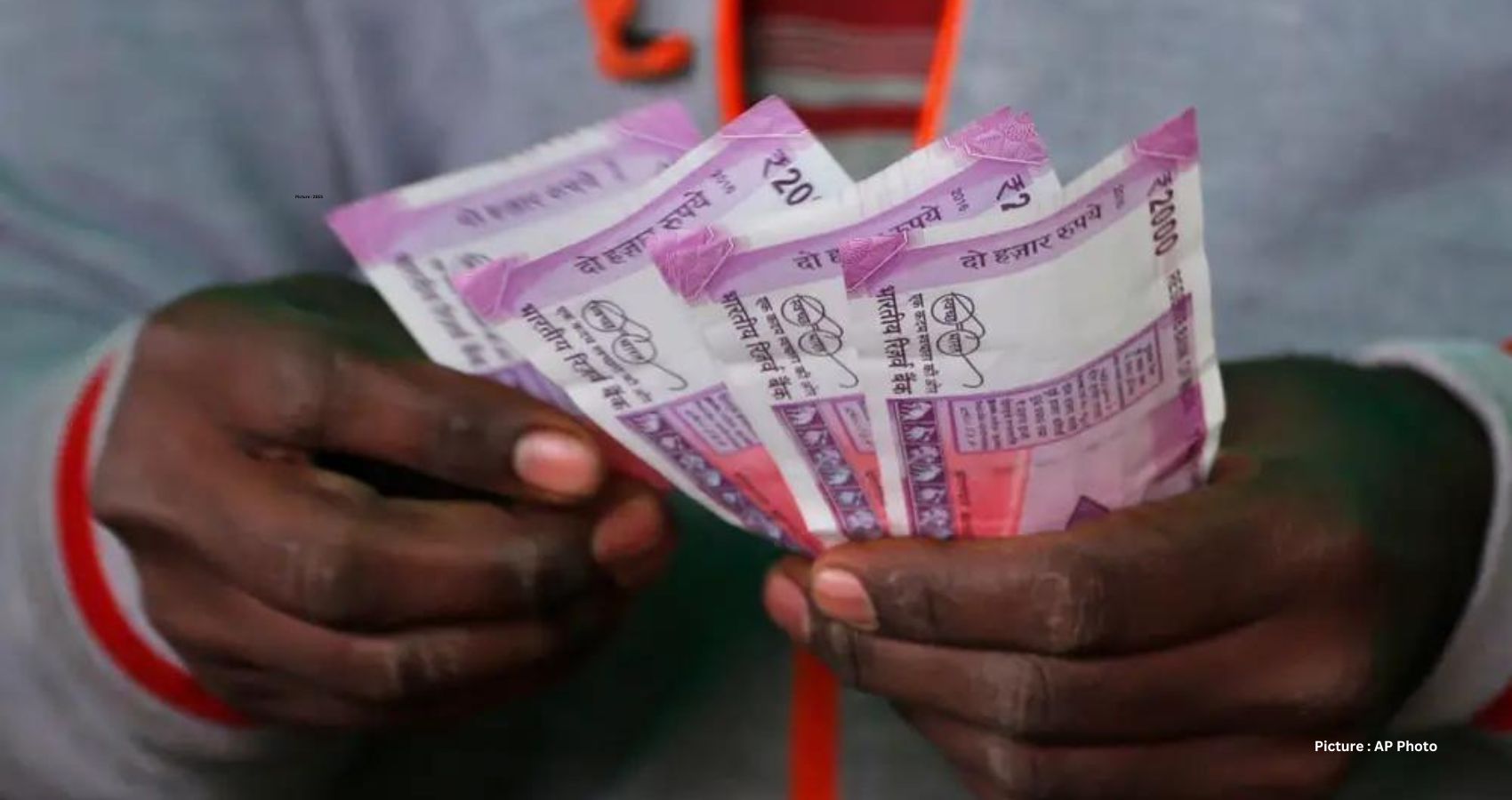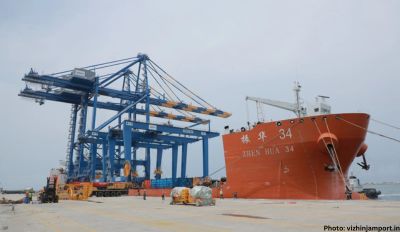India’s endeavor to enhance the international acceptance of its currency faces significant challenges, according to recent reports. The country’s attempt to use rupees for payments in crude-oil imports has encountered resistance from global trade partners, with concerns raised over transaction costs and foreign-exchange risks associated with the limited global acceptance of the Asian currency.
In a report by the Press Trust of India (PTI), the local newswire stated that India’s oil ministry acknowledged the difficulties faced in persuading global oil suppliers to accept rupee payments. The resistance from these suppliers, as outlined in the PTI report, stems from concerns related to higher transaction costs and the foreign-exchange risks associated with the limited global acceptance of the rupee.
During the Indian financial year 2022-2023, which concluded in March, no oil imports were settled in rupees, as conveyed by the country’s oil ministry to a parliamentary committee, according to the PTI report.
The broader context of India’s efforts to internationalize the rupee is rooted in a global movement, extending from China to Brazil, aiming to reduce dependence on the US dollar in international transactions and investments. This movement, commonly known as de-dollarization, has gained traction in recent years, particularly as the United States employed the global dominance of the dollar to impose economic sanctions on nations such as Russia and Iran.
China and Russia have actively sought to increase the global usage of their respective currencies, and the BRICS group of nations has explored the prospect of adopting a shared tender. This year, the trend has expanded further, with Indonesia establishing a task force to promote the wider use of its currency, the rupiah.
Against this backdrop, India’s central bank had taken a step last year by permitting local importers to open special overseas bank accounts, facilitating rupee payments to their international trading partners.
Quoting the PTI report, “India’s campaign to achieve wider international acceptance for its currency isn’t going so well.” The report highlights the challenges faced by India in persuading global oil suppliers to accept rupee payments, with transaction costs and foreign-exchange risks being key deterrents.
The article also mentions, “Global oil suppliers have remained resistant toward receiving rupee payments, citing higher transaction costs and foreign-exchange risks related the Asian currency’s limited global acceptance, according to the report.” This emphasizes the specific reasons behind the reluctance of global oil suppliers, indicating concerns about the costs associated with transactions and the perceived risks tied to the limited global acceptance of the rupee.
The PTI report further notes, “No oil imports were settled in rupees during the Indian financial year 2022-2023 that ended in March, the country’s oil ministry told a parliamentary committee, the PTI reported.” This statement underscores the practical impact of the challenges faced by India, with a clear indication that the goal of settling oil imports in rupees was not achieved during the specified financial year.
The broader context of India’s initiative is elucidated with, “India’s push to internationalize the rupee has been seen as part of a wider drive among nations from China to Brazil to reduce their reliance on the dollar in international payments and investments.” This places India’s efforts in the context of a global movement involving various nations striving to minimize dependence on the US dollar, reflecting a broader trend known as de-dollarization.
The article highlights the motivation behind this global movement, stating, “The movement, known as de-dollarization, gained momentum in recent years as the US leveraged the greenback’s global dominance to slap economic sanctions on countries including Russia and Iran.” The use of economic sanctions by the United States, leveraging the dominance of the dollar, has fueled the momentum behind the de-dollarization movement, prompting nations to explore alternatives.
China and Russia’s parallel pursuits are mentioned, stating, “China and Russia also have been pushing to increase the global usage of their own currencies, while the BRICS group of nations have been weighing the possibility of a shared tender.” This indicates that India’s efforts align with those of other nations such as China and Russia, who are actively working to enhance the global standing of their respective currencies. Additionally, the mention of the BRICS group considering a shared tender underscores collaborative efforts in this direction.
The global trend is further emphasized with, “More countries have joined the trend this year — Indonesia recently set up a task force to widen the use of its currency, the rupiah.” This highlights that the movement toward reducing reliance on the US dollar is not confined to a few nations but is gaining traction globally, with Indonesia being the latest to take active measures in this direction.
The article concludes with a reminder of India’s earlier initiative, stating, “Last year, India’s central bank allowed local importers to open special overseas bank accounts that would enable making rupee payments to their trading partners.” This serves as a reminder of the proactive step taken by India’s central bank to facilitate rupee payments, underlining the ongoing efforts to overcome challenges and promote the internationalization of the rupee.
India’s pursuit of broader international acceptance for the rupee faces hurdles as global oil suppliers remain resistant to accepting rupee payments for crude-oil imports. The concerns raised include higher transaction costs and foreign-exchange risks linked to the limited global acceptance of the rupee. This challenge is situated within the broader context of a global movement, encompassing nations from China to Brazil, working to reduce reliance on the US dollar in international transactions. The article highlights the motivations behind this movement, citing the leverage of the dollar’s global dominance for imposing economic sanctions. Parallel efforts by China and Russia to increase the global usage of their currencies, as well as discussions within the BRICS group about a shared tender, further underscore the international dimension of this trend. The inclusion of Indonesia’s recent establishment of a task force to promote the wider use of its currency, the rupiah, emphasizes the expanding nature of this movement. Despite these challenges, the article recalls India’s previous step of allowing local importers to open special overseas bank accounts for rupee payments, signaling ongoing efforts to navigate obstacles and promote the internationalization of the rupee.











